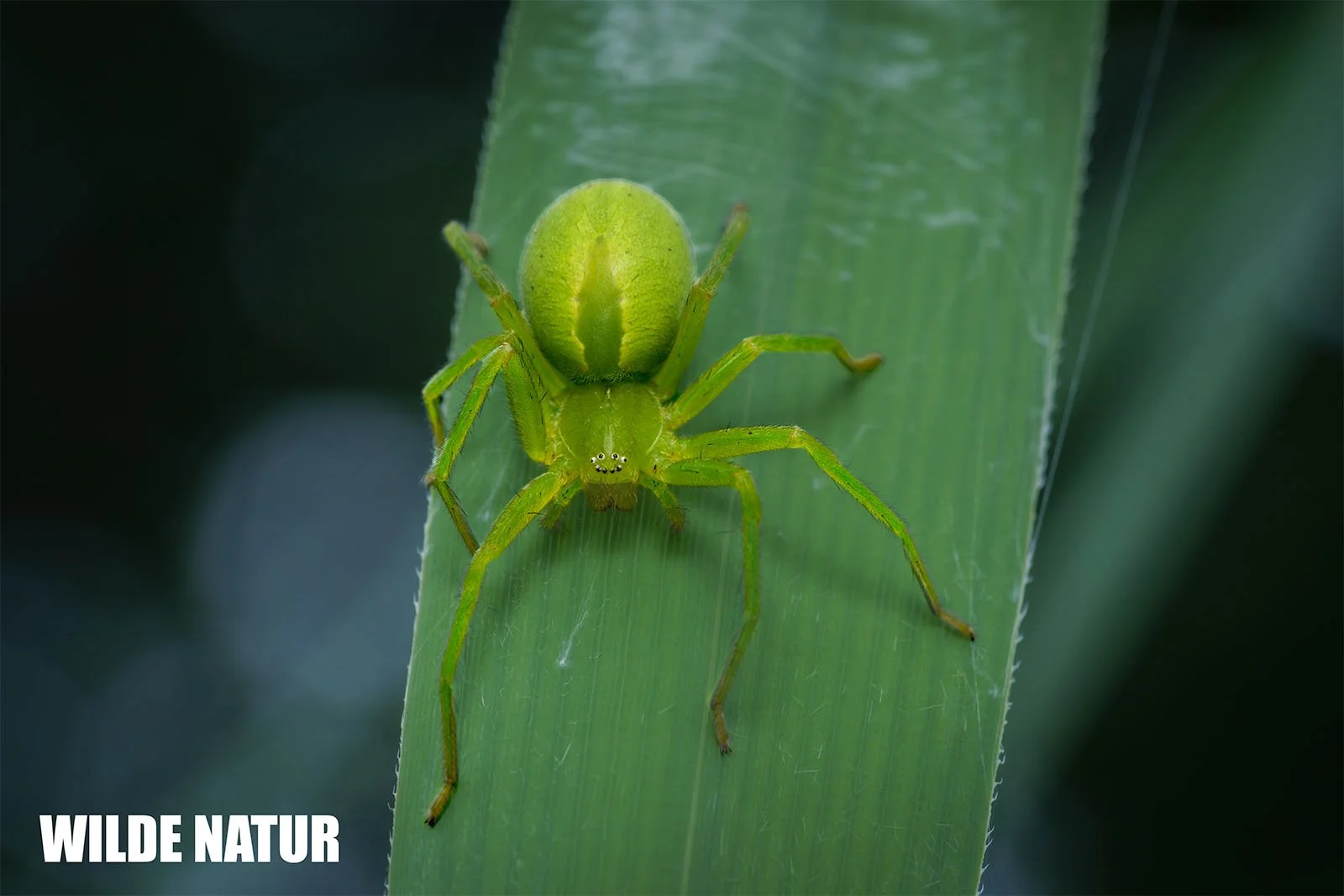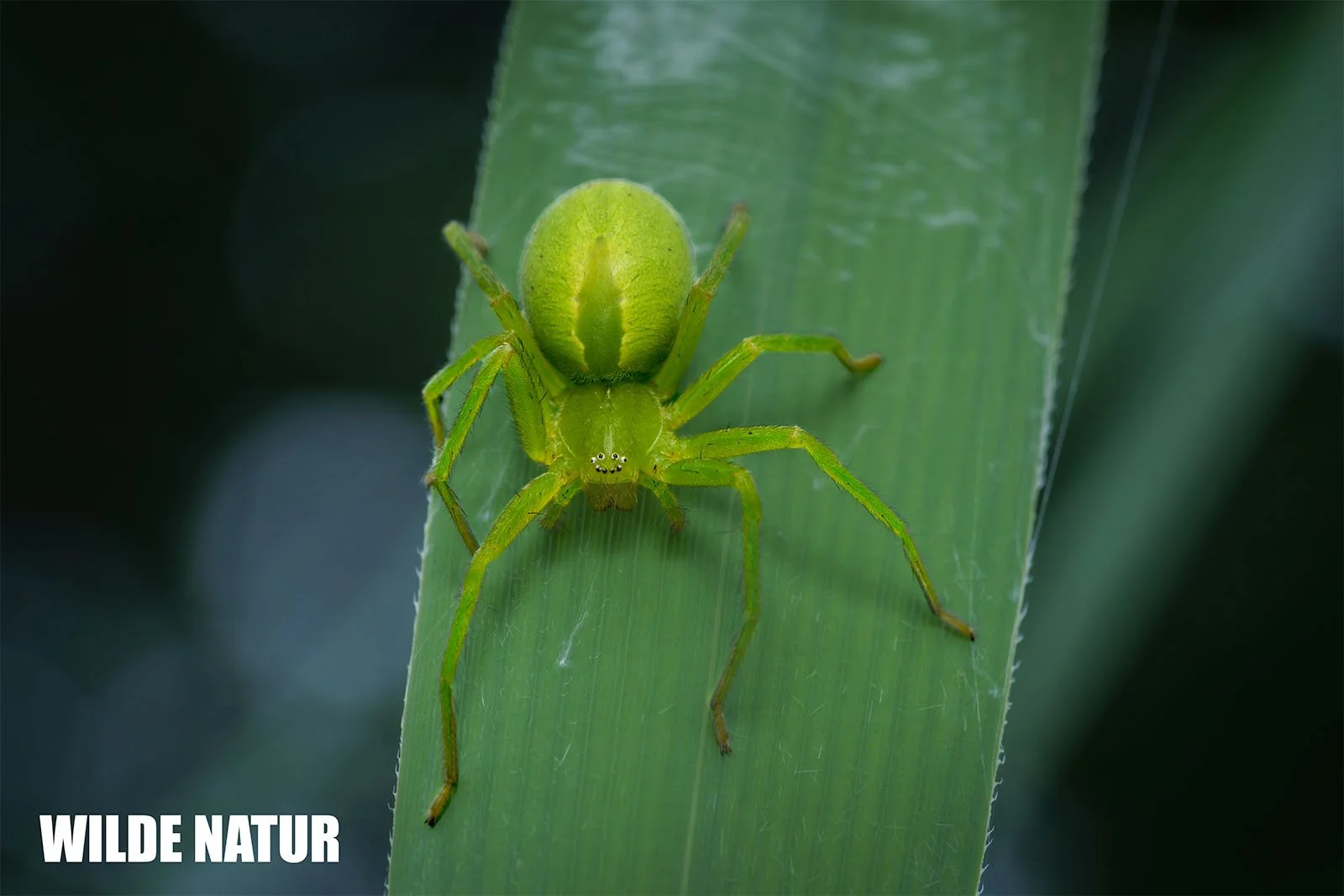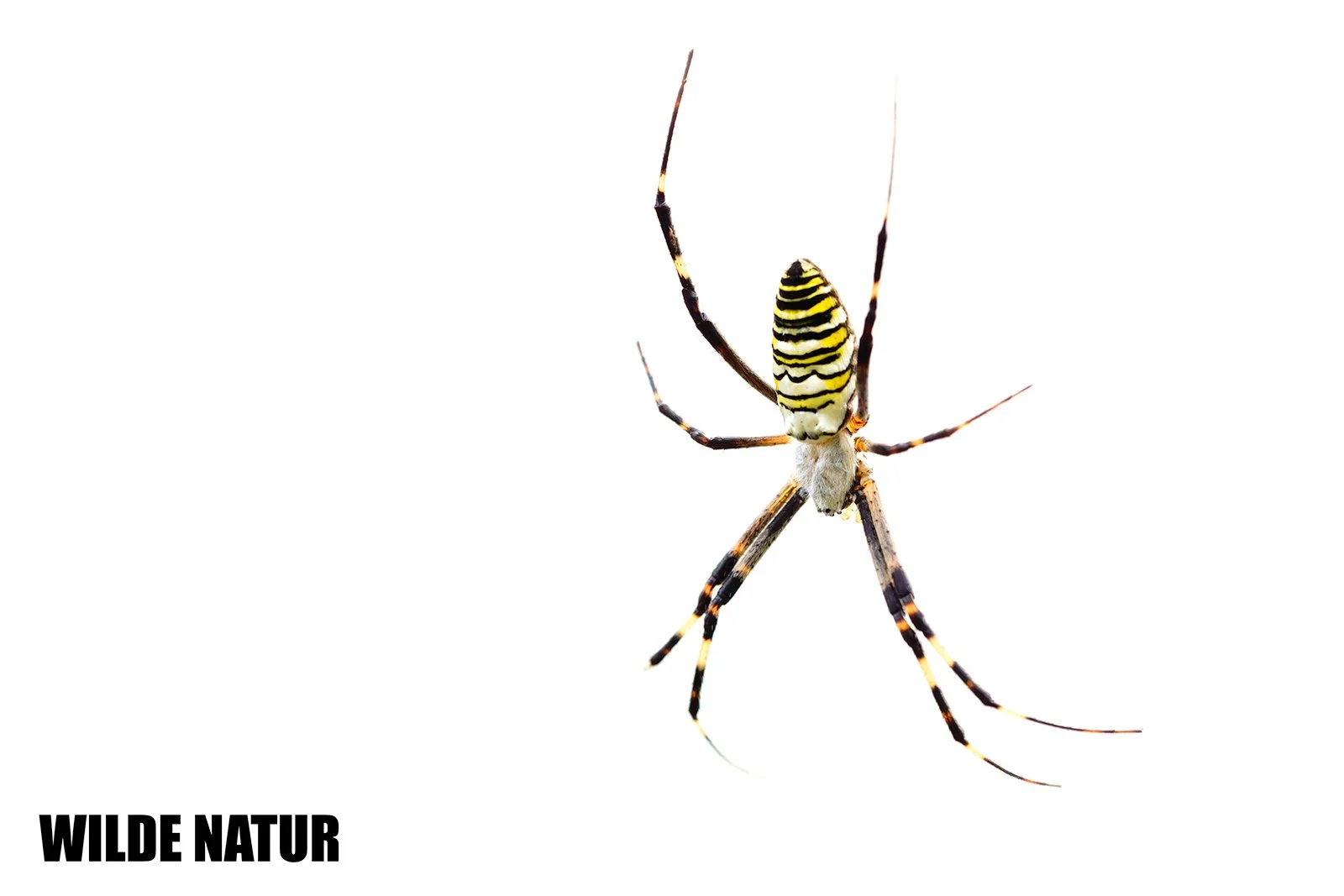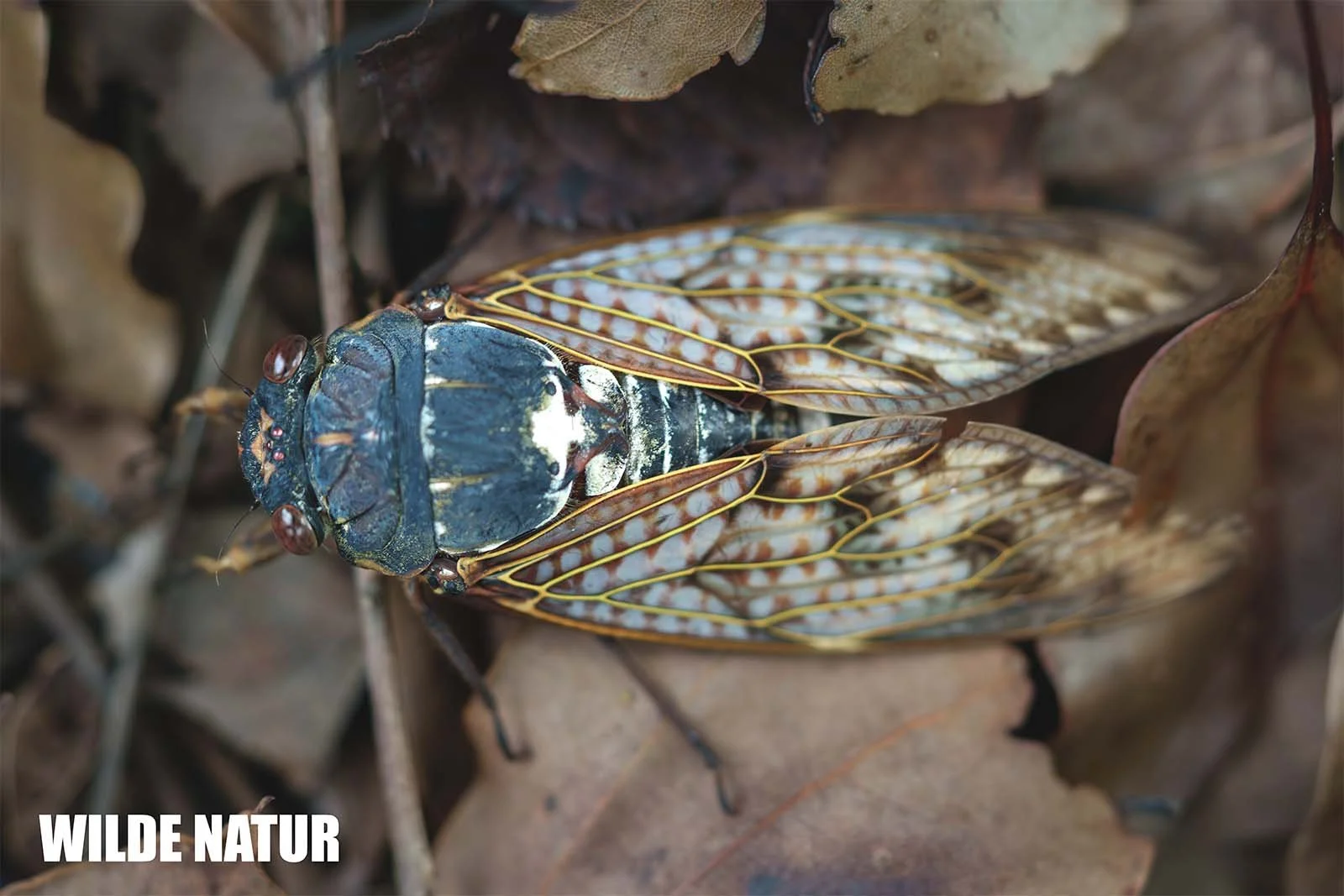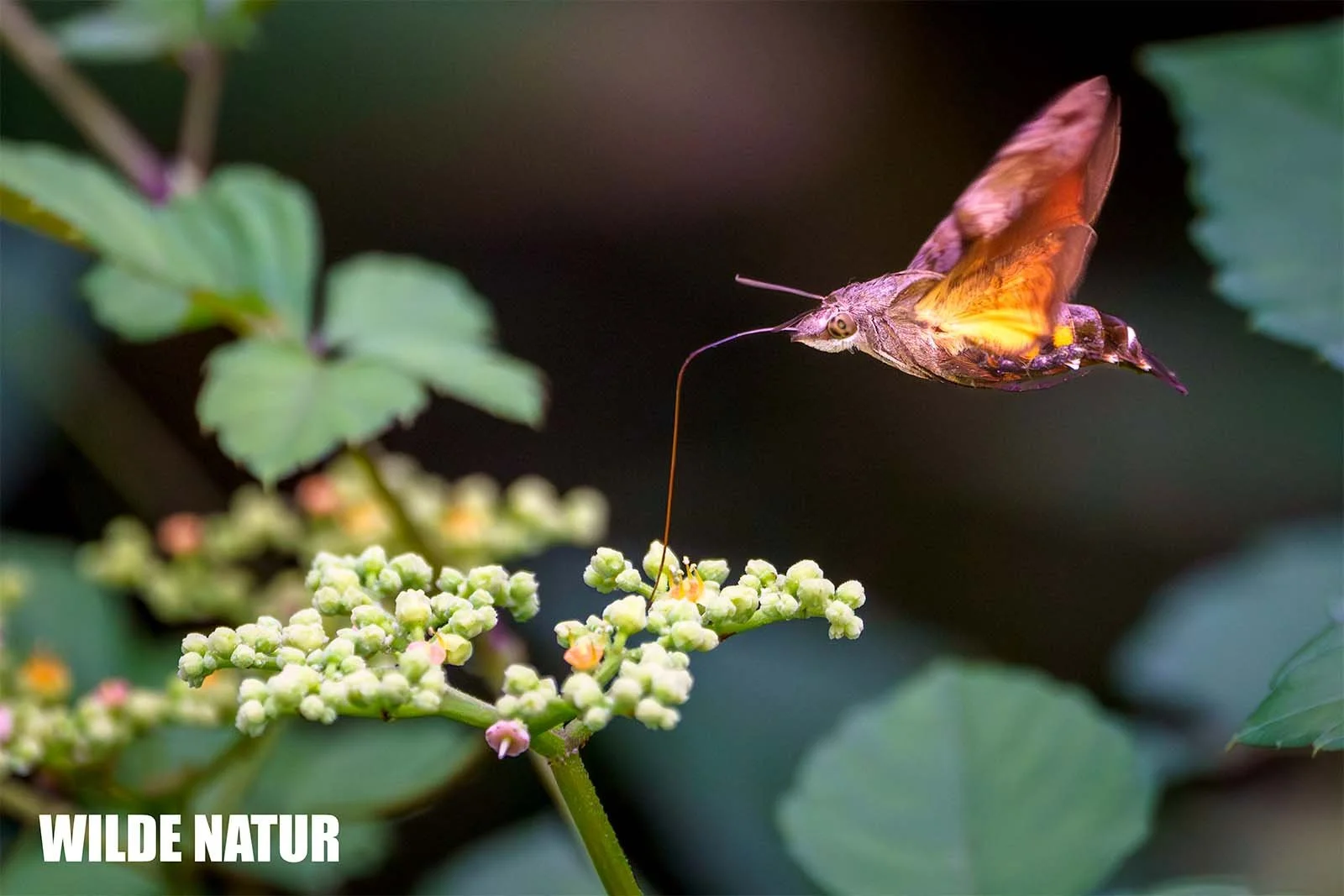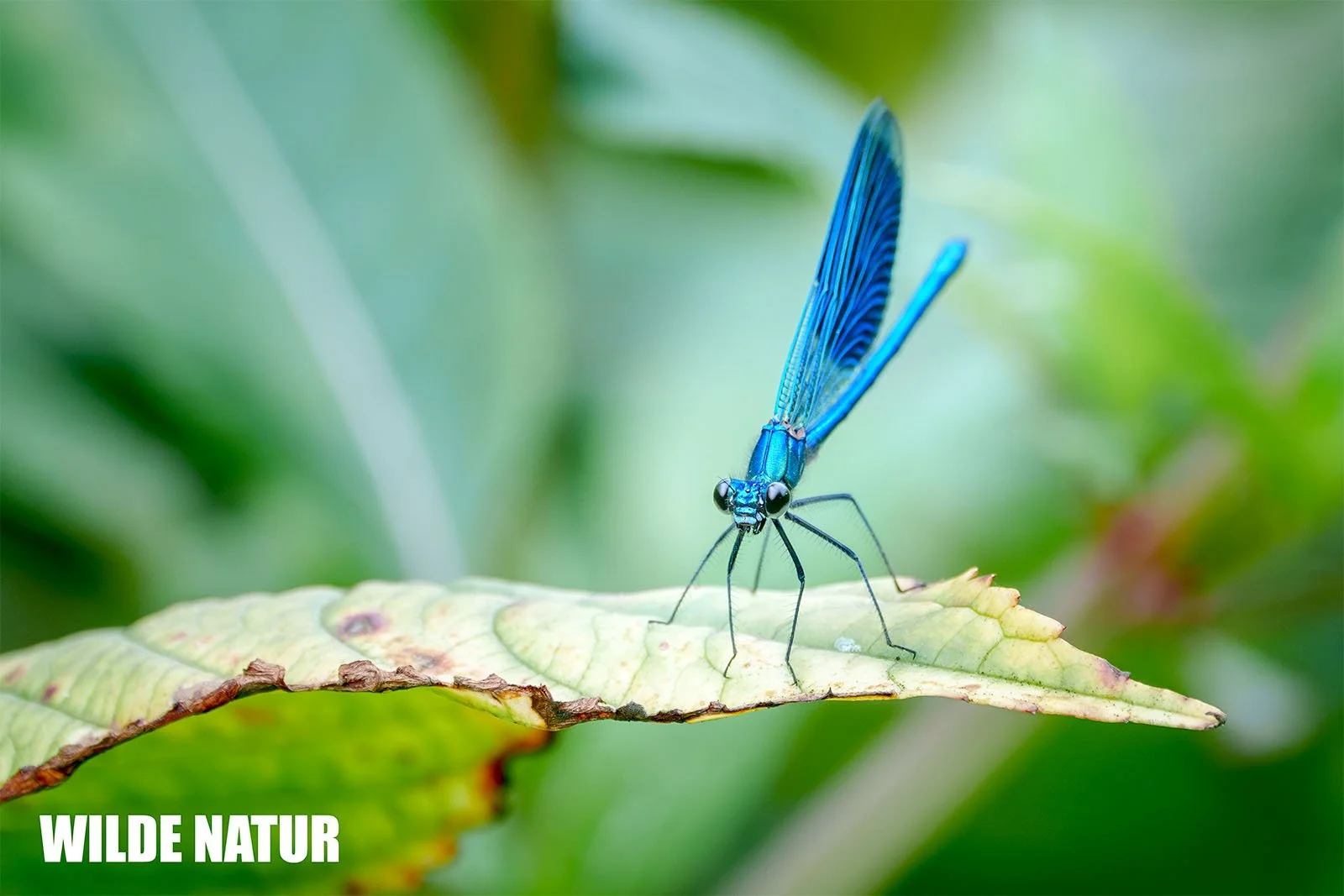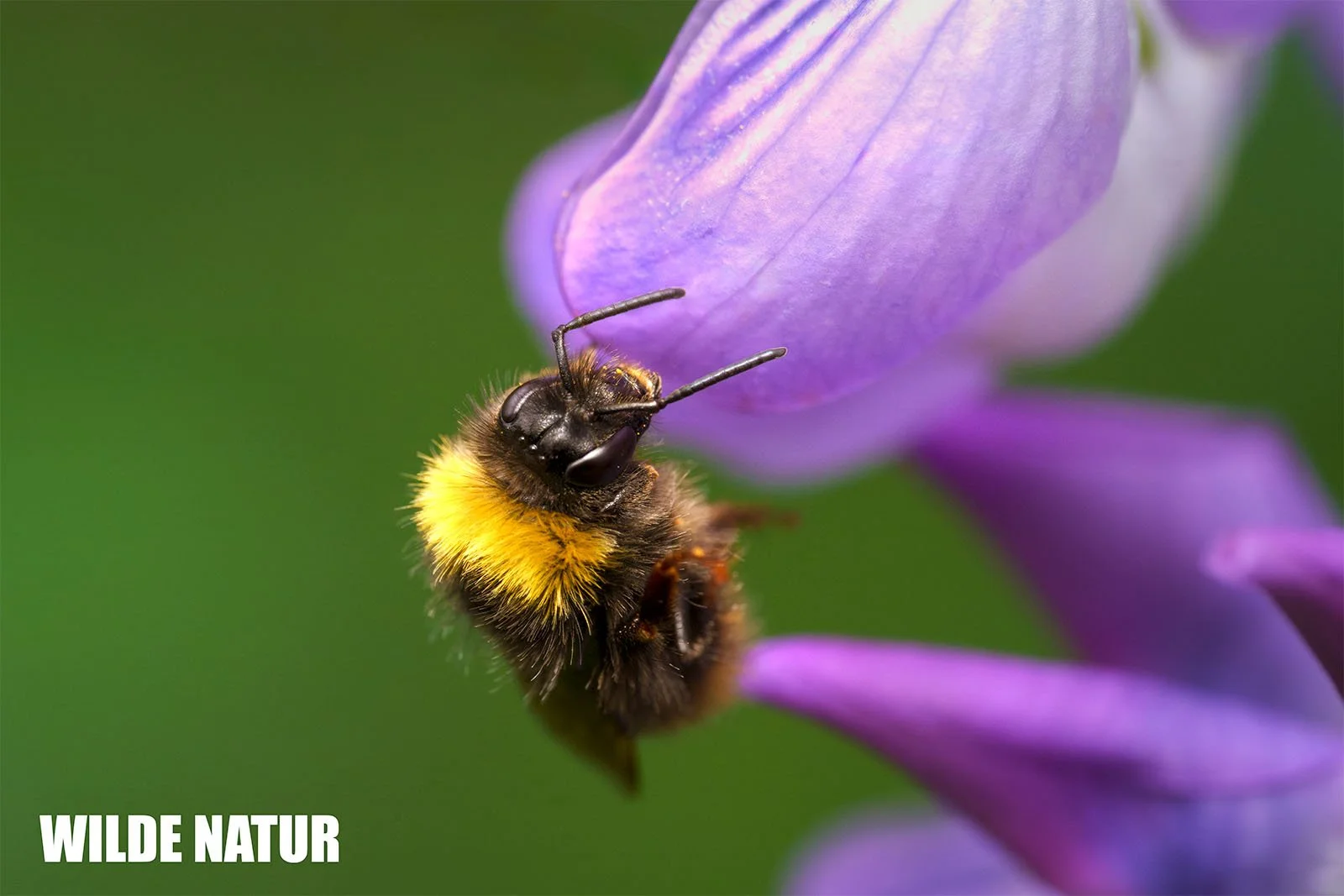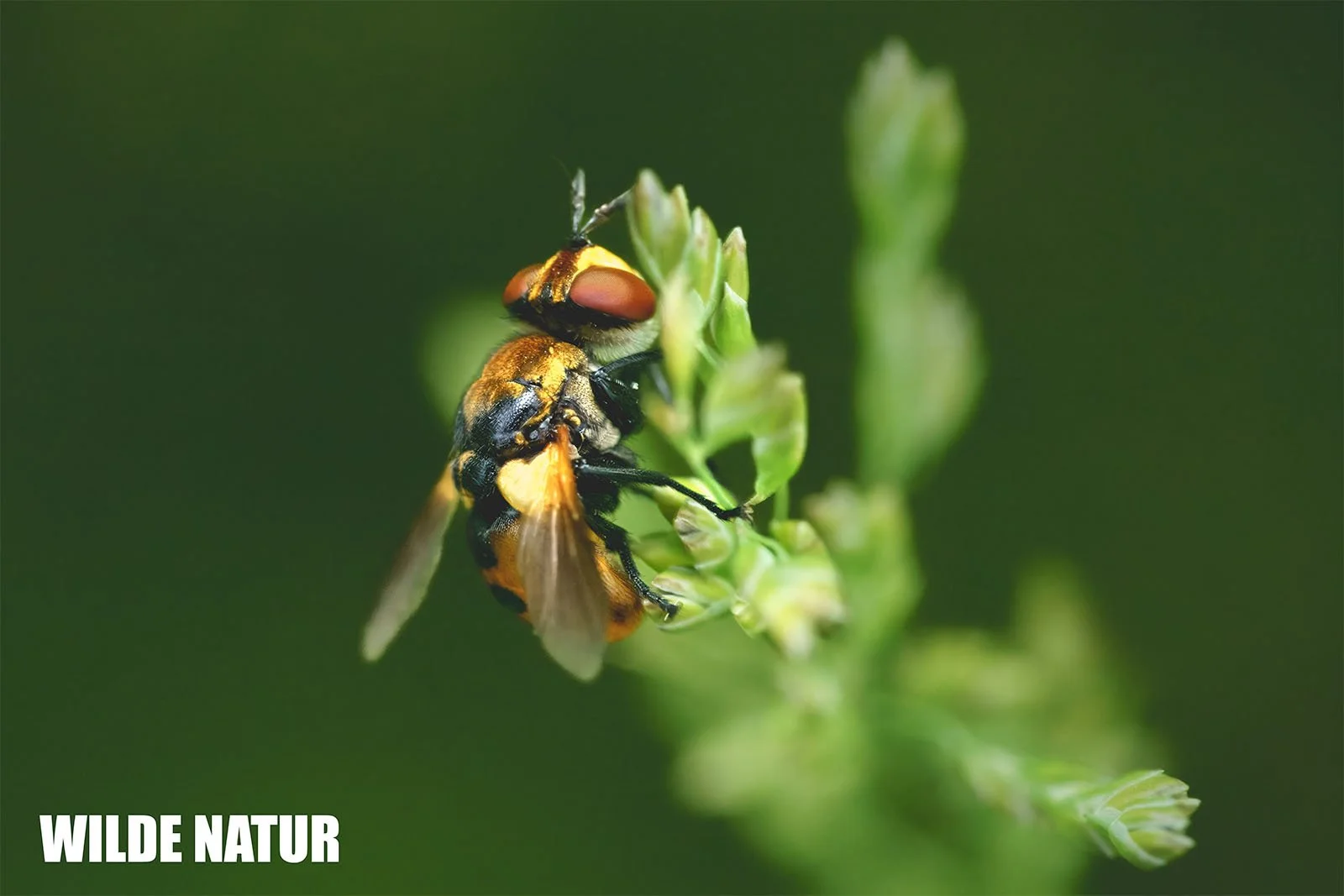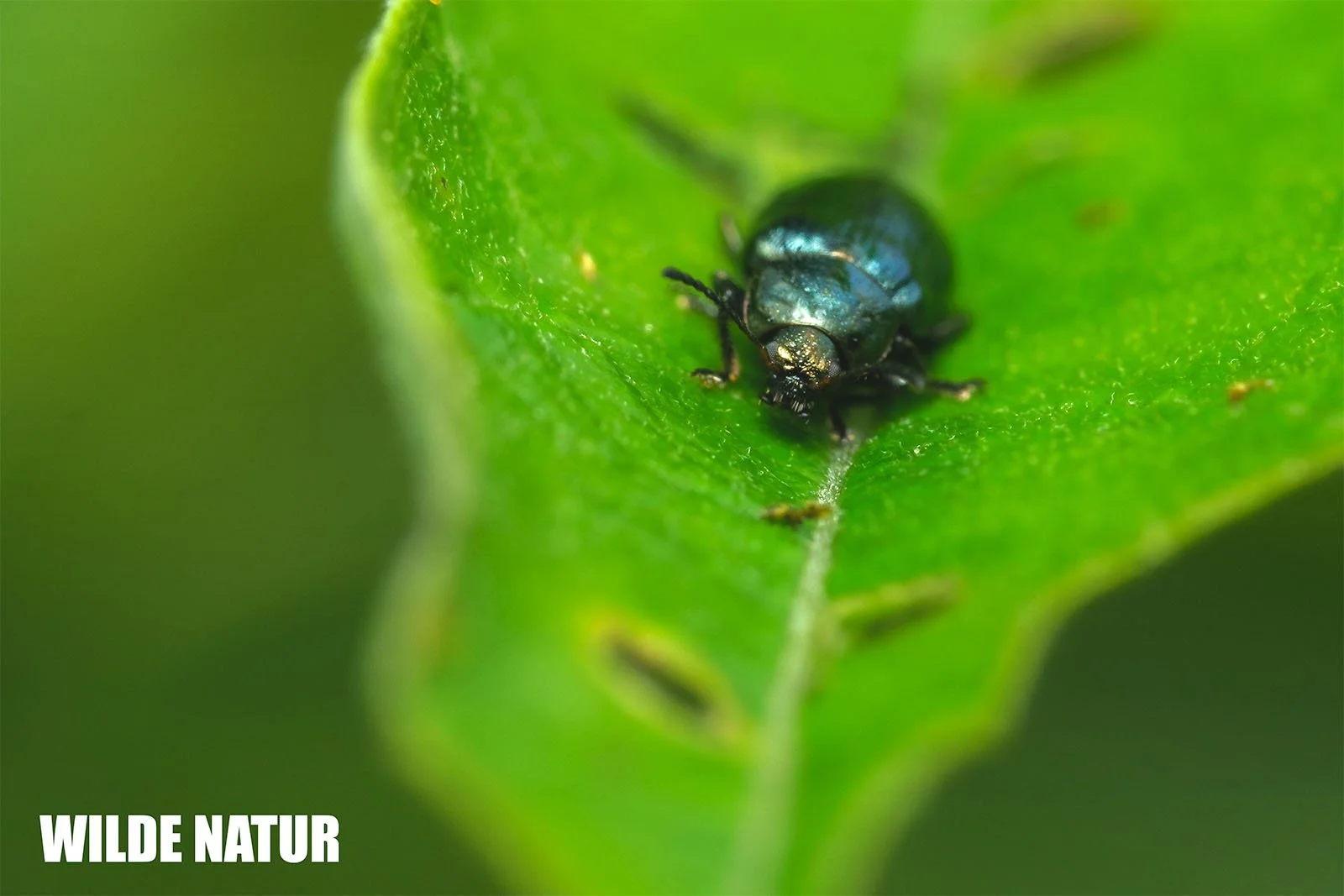Green huntsman spider (Micrommata virescens)
Green huntsman spider (Micrommata virescens)
Green Huntsman Spider (Micrommata virescens): The Emerald Hunter of the Meadows
The green huntsman spider is a strikingly green and agile hunter. Learn all about its appearance, behavior, lifestyle, and distribution.
Key Facts
Body length: females 12–15 mm, males 7–10 mm
Color: bright green (females), brownish-olive (males)
Hunting style: active ambush predator, no web construction
Diet: small insects and spiders
Activity: April–August, sometimes into autumn
Habitat: meadows, forest edges, hedgerows
Distribution: Europe to Central Asia
Conservation status: not threatened
Scientific name: Micrommata virescens
Common name: Green huntsman spider
Family: Huntsman spiders (Sparassidae)
Lifestyle: diurnal, fast ground and foliage hunter
Special features: vivid green camouflage, active maternal care
Status: widespread and not threatened
Table of Contents
- Introduction
- Appearance
- Characteristics
- Diet
- Reproduction and Life Cycle
- Seasonal Behavior
- Distribution and Habitat
- FAQ
- Conclusion
Introduction
Bright green, swift, and nearly invisible among leaves — the green huntsman spider is one of Europe’s most fascinating arachnids. It doesn’t build a web but instead hunts actively, ambushing prey with lightning-fast movements. Thanks to its perfect camouflage, it usually goes unnoticed — a silent yet skilled resident of sunny meadows and forest edges.
Appearance
The green huntsman spider is instantly recognizable by its vibrant coloration.
It has a flat, elongated body, perfectly adapted to life among foliage.
- Females: vivid green with a silky-shiny abdomen; often a pale stripe runs along the body.
- Males: smaller and slimmer, brownish-olive with reddish-brown longitudinal stripes.
- Eyes: arranged in two rows, typical for huntsman spiders, providing a wide field of vision.
- Legs: long, finely haired, and well-suited for climbing on smooth leaves.
Size
- Females: about 12–15 mm, rarely up to 16 mm
- Males: about 7–10 mm
Its bright green color provides excellent camouflage — even in full sunlight, it’s nearly invisible against a leaf.
Characteristics
- Vivid green camouflage, perfectly blending with foliage
- Flat, agile body with long legs
- No web, relies on stealth and speed to hunt
- Day-active, highly responsive and fast
- Strong sexual dimorphism – females are larger and more vividly colored
This spider relies on speed, vision, and precision rather than webs to catch its prey.
Diet
The green huntsman spider is an active predator rather than a web-builder.
It sneaks up on prey before leaping suddenly to capture it.
Prey includes:
- Flies
- Mosquitoes
- Small beetles
- Other spiders
Its bite quickly paralyzes its prey, but it is harmless to humans, causing at most mild irritation.
The species plays an important role in controlling insect populations, helping to maintain ecological balance.
Reproduction and Life Cycle
The mating season begins in late spring and continues into early summer.
The male approaches the female cautiously to avoid becoming prey himself.
After mating, the female constructs a silken egg sac hidden between rolled leaves — perfectly camouflaged within vegetation.
- The egg sac is guarded and defended by the female.
- After several weeks, up to 50 spiderlings hatch.
- The young soon disperse to begin independent lives.
- They reach maturity in about one year.
This species shows a notable degree of maternal care, which is rare among spiders.
Seasonal Behavior
In Central Europe, adults are active from April to August, occasionally into autumn.
After the mating season, adults die off, while egg sacs and juveniles overwinter.
In milder regions, adults may remain active until October.
Distribution and Habitat
Micrommata virescens is found throughout the Palearctic region — from Europe across North Africa to Central Asia.
In Germany, it is widespread, particularly in warmer lowland and hill regions.
Typical habitats:
- Sunny meadows and forest edges
- Dense hedgerows and shrubs
- Semi-natural grasslands with lush leaf cover
The species is not endangered, but it depends on suitable vegetation.
The loss of structurally rich habitats can cause local declines.
FAQ
Is the green huntsman spider dangerous to humans?
No. Its bite is harmless and may cause only mild irritation.
Why is it green?
Its color provides perfect camouflage among leaves — ideal for hunting and hiding from predators.
When is it active?
Mainly in spring and summer, from April to August.
Where can it be found?
In meadows, forest edges, and hedges with dense vegetation — often resting on leaves.
Does it build webs?
No, it hunts actively without using a capture web.
Conclusion
The green huntsman spider (Micrommata virescens) is a quiet yet captivating inhabitant of meadows and hedgerows. With its brilliant green camouflage and lightning-fast hunting style, it symbolizes precision and adaptation. Though widespread, it remains rarely seen — a hidden but vital link in the web of life that sustains natural grassland ecosystems. To spot one is to glimpse a masterpiece of nature’s camouflage.

